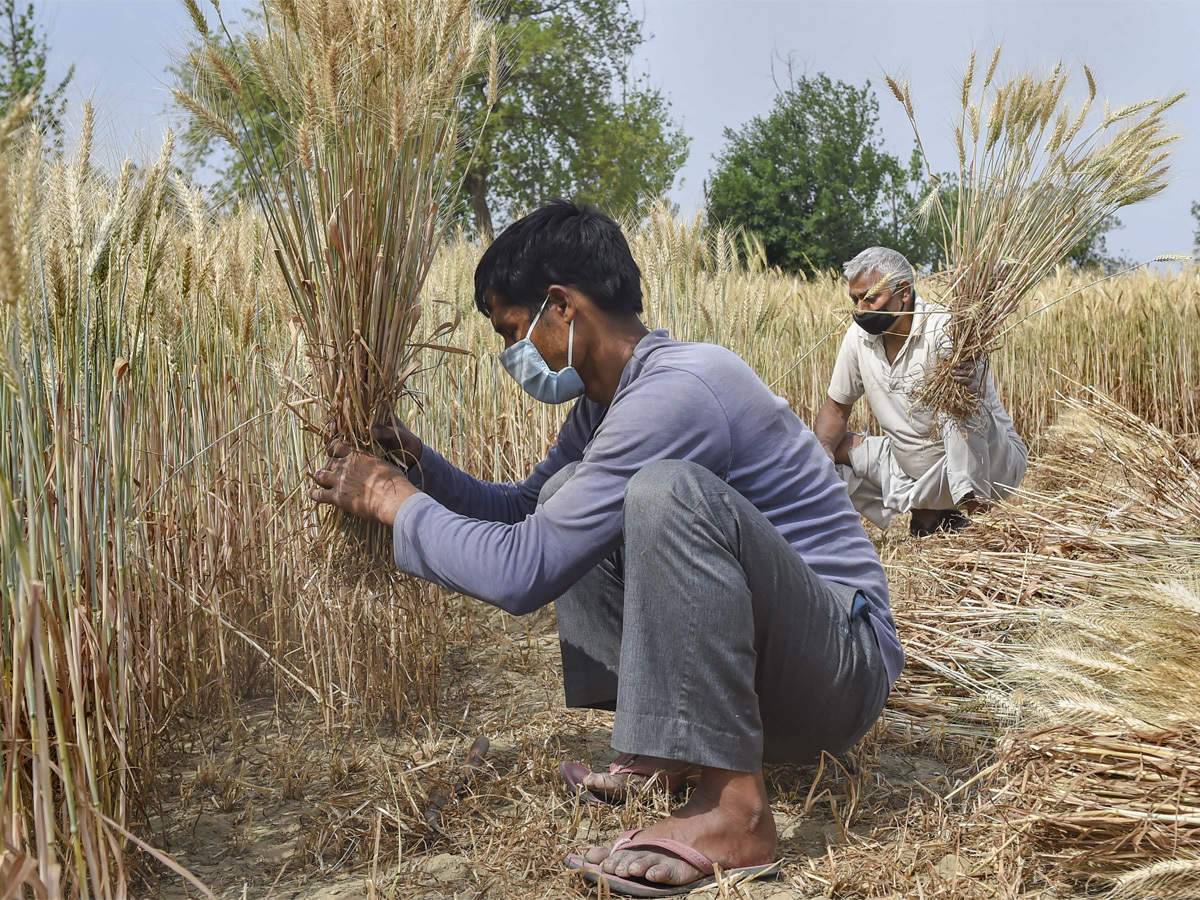
Smallholding farmers play a crucial role in India's agricultural sector, contributing significantly to the nation's food security and rural economy. Agriculture at present provides employment to 44% of the country’s population but only manages to make a dent of 13% in the GDP.
The Agriculture Census 2015-16 paints a report of the country’s small-holding farmers. India’s agriculture sector is at present filled with them- making up for 86% of the farmers in the country. State-wise data shows that Uttar Pradesh has the highest number of small-holding farmers (23.8 million), followed by Bihar (16.4 million) and Maharashtra (14.7 million).
It has been interesting to observe the gender roles switching in farming as well. The small-holding farms operated by women rose from 12.8% in 2010-11 to 13.9% in 2015-16, signifying that more women are managing farm operations. However, this is most likely because of a bleaker reason. As the men move out into the cities to look for more economically sustainable jobs, the women are often left with the double brunt of managing the household and the farm.
Problems Faced by Small Holding Farmers:
Limited Access to Resources:
-
Smallholder farmers often struggle with limited access to essential resources, including land, water, and capital. Land scarcity is a prevalent issue as is equitable access to water. Additionally, inadequate financial resources restrict investment in modern farming techniques, machinery, and inputs.
Outdated Farming Practices:
-
Many smallholding farmers lack knowledge about modern agricultural techniques, such as precision farming, organic farming, and efficient irrigation methods, preventing them from adopting more efficient and sustainable practices.
Climate Change and Environmental Risks:
-
Smallholder farmers are particularly vulnerable to the adverse impacts of climate change and environmental risks. Erratic weather patterns, including droughts, floods, and unpredictable rainfall, pose significant challenges to crop cultivation and livestock management.
Lack of Market Integration:
-
Market integration is a significant challenge for smallholding farmers in India. Many operate in remote rural areas, far from established markets, and lack information about market demand, price fluctuations, and quality standards. This information asymmetry often leads to exploitative intermediaries, who take advantage of the farmers' limited bargaining power.
Financial Instability and Indebtedness:
-
Price volatility, crop failures, and rising input costs further destabilize their financial situations, making it challenging to invest in sustainable farming practices and secure a stable livelihood.
Solutions:
Strengthening Agricultural Extension Services:
-
The government and non-governmental organizations should enhance agricultural extension services to provide smallholding farmers with up-to-date knowledge on modern farming techniques, sustainable practices, and climate-resilient strategies. This could be achieved through the establishment of farmer training centres, demonstration farms, and the dissemination of relevant information through digital platforms.
Improving Access to Resources:
-
Efforts should be made to address land scarcity by promoting land consolidation and leasing arrangements. Enhancing access to credit, and creating tailored financial schemes can help alleviate their capital constraints.
Promoting Market Linkages:
-
Efforts should be made to bridge the information gap between farmers and markets. Establishing farmer-producer organizations and strengthening farmer cooperatives can enable collective marketing, bargaining power, and access to better prices. Warehouse receipts need to be made more accessible for the average farmer- ensuring that distress sales following harvests do not happen. Co-operative farming is not required, however, aggregation pre and post-production brings immense benefits.
Climate-Resilient Farming Practices:
-
Encouraging smallholder farmers to adopt climate-resilient farming practices, such as agroforestry, crop diversification, and water-efficient techniques, can help mitigate.
Despite their invaluable contribution, these farmers face numerous challenges that hinder their progress and sustainability. Policymaking is perhaps one of the biggest bringers of change.
The approach of policymakers needs to shift from looking down as agriculture as the low-output sector with only 13% GDP contribution. The definition of agriculture needs to expand to include farm operations, agribusinesses and all the modern ways that agriculture is flourishing. In that case, agriculture still contributes to 25% of the GDP.











